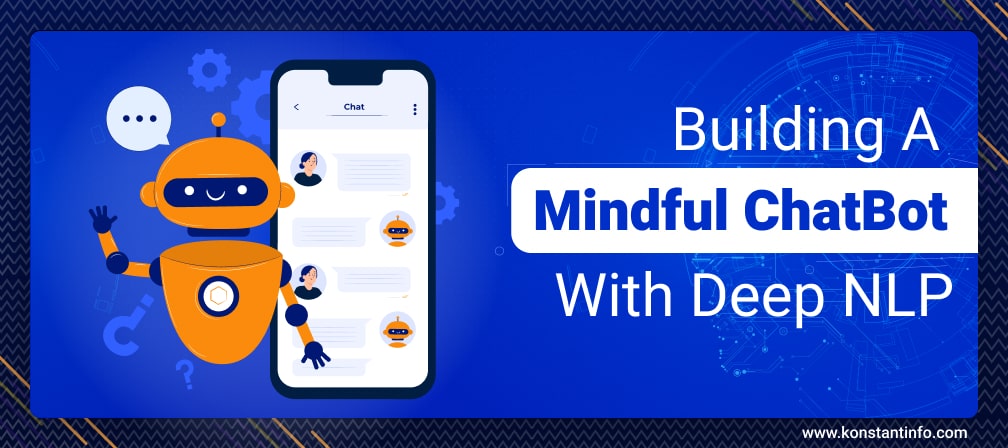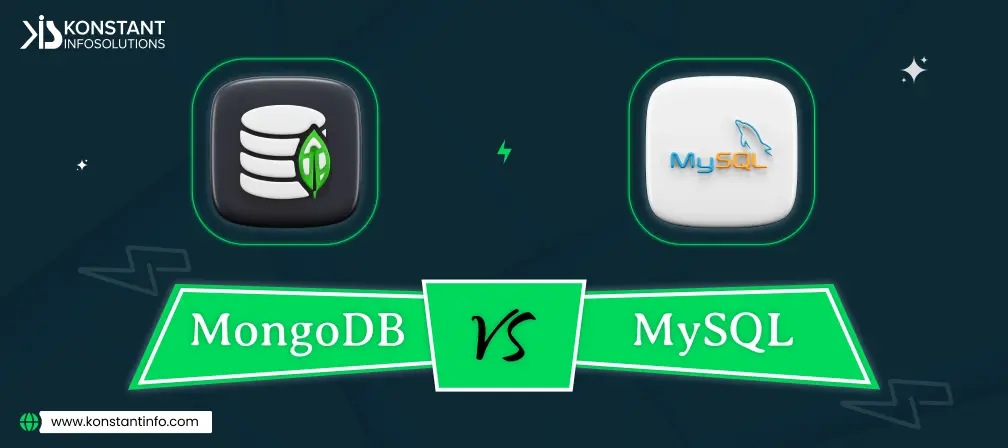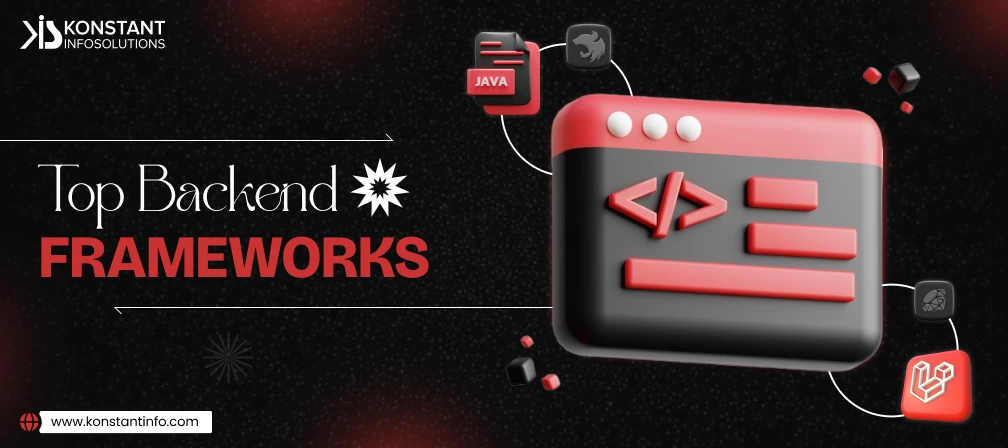
Terms like chatbots, machine learning, natural language processing and artificial intelligence seem unmanageable ‘in-absence-of’ a plan to convert a complex functionality into a workable affair. Users seldom seek complexity. They wish to buy and facilitate quick and advanced search features, pay their bills, avail discounts, channelize loyalty points, and fulfil their needs. A conversational UI makes up for the rising applications of chat bots by businesses.
Modern computing is deliberately changing active portfolio management for the better. Innovations in artificial intelligence (AI) and natural language processing (NLP) are no exception. These technologies are helping buy-side analysts and fund managers to access datasets, research, and impact the investment process. NLP enables computers to read text, hear speech, interpret it, measure sentiments, and determine other parts. Technologies that tout NLP capabilities come with Boolean operators, algebraic toolkits and some artificial intelligence.
Data is omnipresent. It is sometimes structured or unstructured; it needs to channel for a relevant and required outcome. Businesses have plenty of text-based surveys and emails to plow through. Business researchers often use social – media posts for analysis. It makes natural language processing a must-have skill-set for data scientists who look to move the needle to research or their career.
NLP is an interdisciplinary field of computer science and ‘linguistics’ concerned with interactions between machine language and human language like English. NLP software powers:
Fast food chains take the help of NLP as they receive a vast amount of orders and complaints daily. They manually handle tiresome and repetitive tasks. But conversational artificial intelligence automates processes and reduced human intervention.
Brands launch new products and market them on social media platforms. They measure campaigns’ success rates using reach and interactions. But they require sentiment analysis to understand the consumers’ public sentiment – a text classification task where machine learning models quantify affective states.
NLP makes computers understand human intent. NLU takes human syntax, sentences, structure and makes decisions based on the way a human speaks. It takes two-way interactions as question/answer processes, searches, chatbots, and other platforms where an average person asks a question;
Sentiment analysis captures the emotions behind it. It helps B2C businesses for social media discussions regarding the product. It helps figure out if your customers are glad about your service offerings.
ML makes machines convert the rich text from one language to another through a translation app. You’ll be intrigued to see how applications translate word-by-word and substitute them at a very standard level without losing the context/sentence structure during the translation.
Chatbots and virtual assistants are ubiquitous across countless businesses, events, government sites to automate their interactions with customers to save time, money, resources. Custom chatbots are in high demand as this eases the tasks quickly.
ML and NLP parse the natural language data into machine understandable language.
An AI chatbot on an e-commerce site completely differs from a chatbot on a banking site. Consider the following types as you build NLP chatbots:
Appointment Scheduling or Booking Bots
Customer Support Chatbots
Marketing and Sales Chatbots
Entertainment Bots
Chatbots are a great way to engage online visitors by interacting with them in their natural language. NLP-based chatbots communicate with customers through textual or sound methods. Such programs support clients on websites or via phone. The chatbots are generally messaging applications, either inbuilt within an e-commerce or a banking platform or are independent like Facebook Messenger, What’s App Messenger, Slack or Telegram.
Natural language processing helps chatbots understand, analyze, prioritize the complexity of questions. It also enables bots to respond to customer queries faster than human beings. Such faster responses from such virtual assistants help build trust and generates more business. Avail our experts for all relevant NLP chatbots queries!



Neeti Kotia is a technology journalist who seeks to analyze the advancements and developments in technology that affect our everyday lives. Her articles primarily focus upon the business, social, cultural, and entertainment side of the technology sector.
Or send us an email at: [email protected]